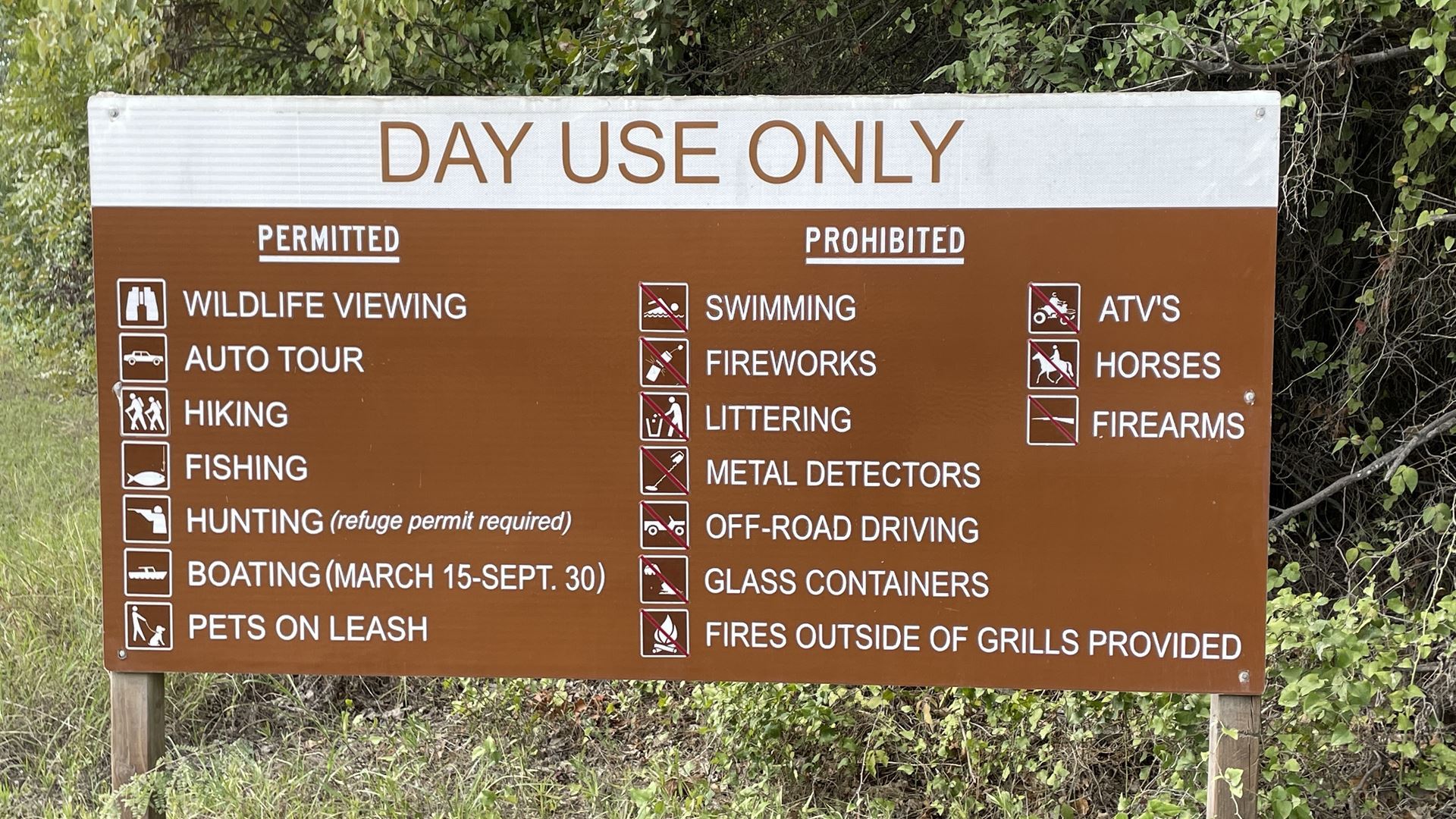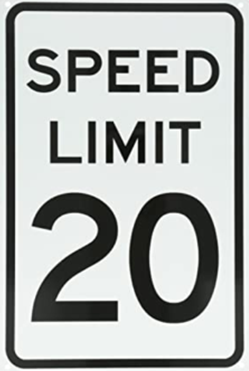The Spring Cleaning Work Day on April 27th has Been Cancelled due to Weather.
|
Hagerman National Wildlife Refuge FAQ Quick Links: How do I get to the Refuge? Google Navigation From East Dallas: Go North on Highway 75 to US 82 west in Sherman. From US 82, exit onto Highway 289 north. Follow 289 for 4.5 miles and look for the Hagerman Refuge directional sign at Refuge Road. Turn left and the Refuge will be 4 miles ahead. From Central Dallas: Take Hwy 289 north, cross over US 82 and travel for 4.5 miles. Look for the Hagerman NWR directional sign near Refuge Road. Turn Left and the Refuge will be 4 miles ahead. From Oklahoma: Take Hwy 75 south to Exit# 69, Highway 120 in Denison, go west on 120 to FM1417, travel south to Refuge Road and turn right. The refuge will be 6 miles ahead. Coming from I-35 to the west, head east on US 82 then north on 289. When is the Refuge open? Visitor Center Hours: Monday Through Saturday: 9am to 4pm Sunday: 1pm to 5pm Open everyday except Thanksgiving, Christmas and New Years Refuge Office Hours: Monday Through Friday: 7:30am to 4pm Closed for federal holidays Refuge lands are open every day of the year, from sunrise until sunset. Hunting: Units open to hunting will be closed off to the general public and signs will be posted at each gated area showing “HUNT IN PROGRESS-DO NOT ENTER”. May I Purchase an America The Beautiful Park Pass at the Refuge? Yes. Park Passes are sold by refuge staff. Ring the door-bell at the window inside the Visitor Center for staff assistance, Monday through Friday 7:30 AM - 4:00 PM Annual Pass - $80 Senior Lifetime Pass (age 62) - $80 Senior Annual Pass (age 62) - $20 Military Pass – Free with Military ID Access Pass – Free for people with a permanent disability (must bring documentation) NOTE: Nature Nook Volunteers cannot sell Park Passes. More information about America the Beautiful Park Pass What are the Refuge Rules and Regulations?
Yes, with the following limitations:
Popular fishing spots include:
While pond fishing is open (March 15th through September 30th) you can try the one on the right side of Refuge Road as you head towards the visitor center. It has been stocked with catfish in the past and has some small perches. Is Boating Permitted at the Refuge?
Is Hunting permitted at the Refuge? Hagerman NWR hosts seasonal hunts of deer, turkey, feral hog, rabbit, squirrel, and dove. For more information, visit Hunt/Boat/Fish Is camping permitted at the refuge? Are RV pads available?
What is there to do on the refuge?
What is the Best Time of the Year to See Birds? It depends on the types of birds you want to see.
Where is the Auto tour? The audio files for the Auto Tour are online, but CD's are available in the visitor center. What is a Tram Tour? Come join us for a ride on the Wildlife Explorer! Our new and beautiful tram is available for hour-and-a-half tours of Hagerman every Saturday and Sunday at 2:00 pm weather permitting. Our tours are as varied as our drivers. Each tram driver has her/his approach to the tour, and you may learn about wildlife, birds, history of the refuge, habitat, photography, you name it! To paraphrase, “a Wildlife Explorer tour at Hagerman is like a box of chocolates, you never know what you’re going to get.” But you know it’s going to be good! Come see us! What is the Weekly Bird Census? Each Tuesday a team of experienced birders, including Master Naturalist Jack Chiles, traverse 35 miles of refuge roads and hiking trails, documenting every bird they encounter. This bird census is reported to The Cornell Lab of Ornithology for use in research, and each week we will bring you a link to their actual bird count, and a summary of their adventures. Occasionally there is room for a serious birder to join them. Contact us for information about how to participate. More About the Birds of Hagerman. Birding with Jack Current Census Results
Dogs are welcome if they are leashed at all times and under control of their owners. Dogs are not permitted in the buildings or in refuge waters. Picking up after your pet is expected. Is Foraging for Wild Edibles Permitted at the Refuge? Foragers may enjoy gathering fruits, nuts, berries, or mushrooms at Hagerman National Wildlife Refuge for personal use. There is a one gallon (combined) limit per person/per day for what may be collected as you forage. Reminder: Some edible forage items are poisonous - if you are unsure, do not eat it! Foraging rules:
A Word of Caution Gathering wild edibles can be a very satisfying and tasty endeavor! Just remember, be sure of what you are collecting for food. There are several varieties of mushrooms and berries that are toxic and can make you very ill or even possibly result in death. If you are unfamiliar with a plant always reference a trusted resource. Books are a great resource and very helpful when making an identification. Reference more than one book before you eat a new berry or mushroom and pay attention to the entire plant. Look in a field guide for other fruits, nuts, berries or mushrooms that may look similar to your target species to be certain what you gather is safe to consume. If you are not 100% sure do not eat it. Be safe and enjoy your wild harvest! Is Firewood Collection Permitted at the Refuge? Contact the refuge manager for permission: Kathy Whaley Refuge Manager Kathy_Whaley@fws.gov Are Airboats or Jet Skis Permitted at the Refuge? No. They disturb the wildlife on the refuge. Are Horses/ATV’s/Off Road Vehicles Permitted at the Refuge? No. The Corps of Engineers does allow them on some of their Lake Texoma lands. For more information please call (903) 465-4990. When the Refuge Floods, Who Decides When the Roads Will Re-open? The refuge is located on part of Lake Texoma. One of the primary purposes of the lake is flood control and refuge lands are within the area where the USACE can store water as needed to prevent severe flooding downstream. When areas below Denison Dam are saturated, water cannot be released fast enough to keep up with inflow from the water shed. This causes the lake water level to rise. Refuge personnel have no control over the water level and must take action to protect refuge roads and facilities as much as possible. The roads will be repaired and opened as soon as the water recedes, and they have time to dry out (1-2 days). How the water levels of Lake Texoma level affect the Refuge: Flood Graphic |
Will the Refuge Accept an Injured/Orphaned Wild Animal or Bird?
A Baby Bird Fell Out of its Nest. How Can I Help? Attempting to place bird back into its nest is the best solution. It is normal for birds to fall when trying to fly for the first time. If you can not reach the nest, make a substitute nest (out of a basket), place nesting material in it, and hoist it up near the original nest. Leave it alone. The parents will return to care for the young. I Think Avian Flu Killed a Bird Near Me. Might I be in Danger of Transmission? Transmission is low but not impossible. If a bird has contracted Avian Flu it would have diarrhea, mucus, difficulty breathing and purple and swollen body parts. Avoid location of ill birds.
Helpful Resources Texas Parks and Wildlife List of Rehabilitators by county. Injured Wildlife (Game/Deer/Bird): Call TPWD information line at 1-800-792-1112 Injured Wildlife: DFW Wildlife Hotline (972-234-9453) Injured Birds Rehab: Rogers Wildlife Rehabilitation 972-225-4000 Injured Raptors ONLY (Hawks, Falcons, Owls, Osprey, Kites, etc.): Blackland Prairie Raptor Center 469-964-9696 Diseased bird: Texas Animal Health Commission 1-800-550-8242 Texas Animal Health Commission: 1-800-550-8242 |
Search for any word--do not use quotes for phrases |
Kroger: Stop by the customer service desk at Kroger and link your Kroger Card to the Friends of Hagerman: the Friends will get rewards for every dollar you spend, at no cost to you.
Please add friendsofhagerman@gmail.com to your contacts to ensure delivery of registration confirmations, account information and the Featherless Flyer
Special thanks to Nancy Miller for the amazing photo of the Visitor Center
See you at the refuge!




